Phone:
(701)814-6992
Physical address:
6296 Donnelly Plaza
Ratkeville, Bahamas.

Ever wondered how solar panels are created from raw materials to efficient energy converters? In this article, we will walk you through the entire process. From extracting silicon from sand to assembling the final solar panels, you’ll learn each crucial step involved in making these renewable energy marvels.
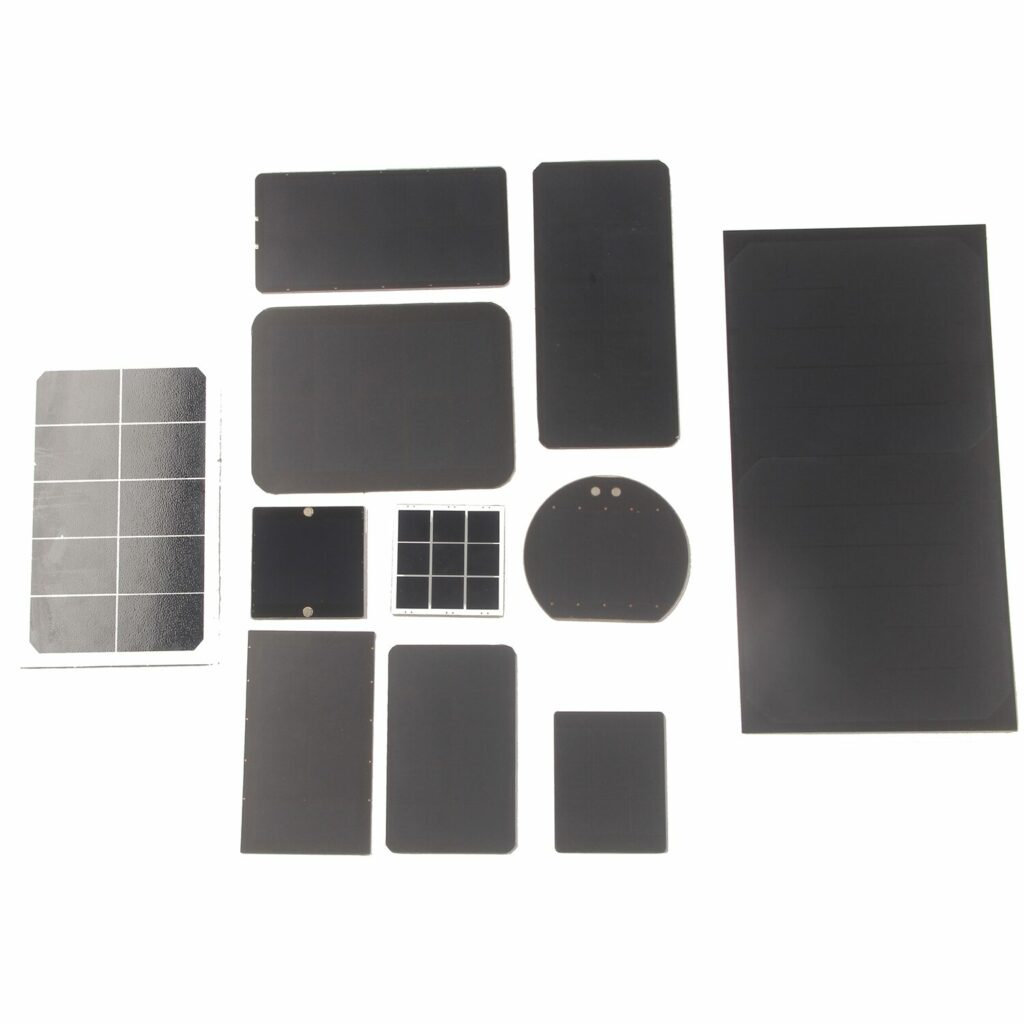
Solar panels represent a pinnacle of contemporary engineering, transforming sunlight into electrical energy. At their heart lie photovoltaic cells composed predominantly of silicon, the earth’s second most abundant element. These solar cells form the foundation of solar panels and are crucial for capturing the sun’s rays and converting them into electric power.
Photovoltaic panels are among the most widely utilized types of solar panel technology today. They comprise several layers: an outer protective glass cover, an underlying backsheet crafted from plastic materials, and importantly, photovoltaic cells at their core which harness light to excite electrons and generate an electric current via the photovoltaic effect.
The sophisticated design of modern solar panels also incorporates components such as ethylene vinyl acetate (EVA) used for encapsulation purposes, along with metallic frames that provide robustness as well as ease in mounting—this ensures that these devices are not only effective but also resilient enough to endure diverse weather conditions.
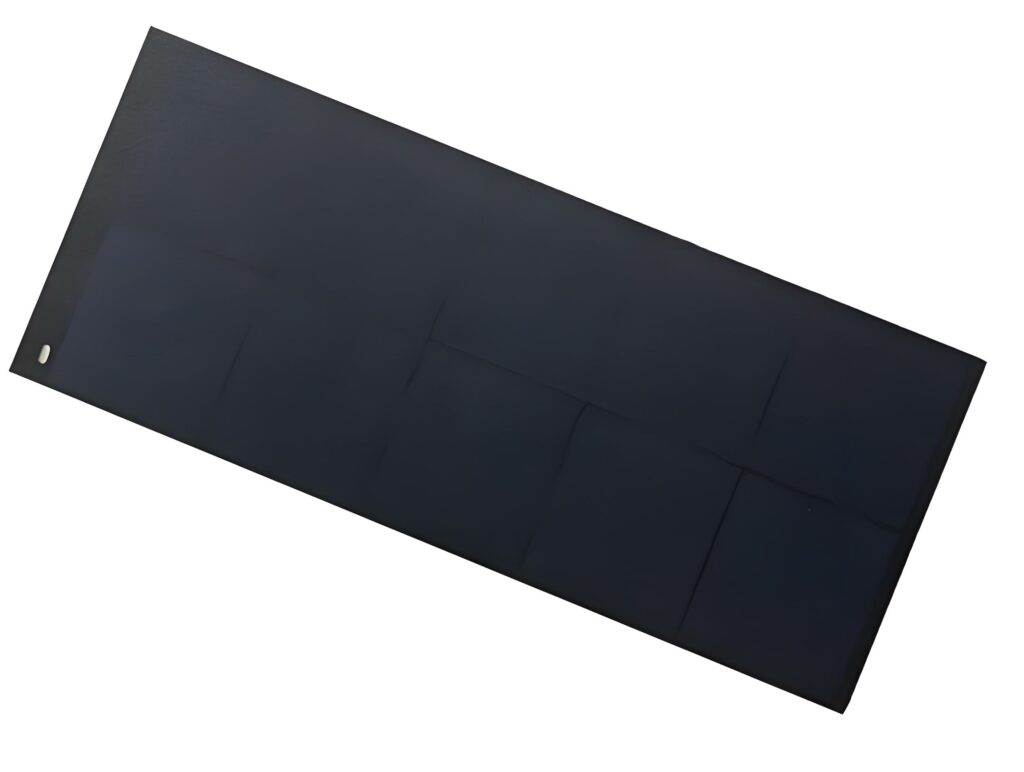
Transforming sand into solar cells is an intricate multi-stage process that starts with the extraction of silicon, showcasing human creativity in converting a plentiful earthly resource into a vital element for renewable energy.
Below are the individual steps that detail how sand evolves into functional solar cells.
The process of converting silica sand into metallurgical grade silicon entails the use of an electric arc furnace where the sand is heated alongside carbon. The purpose of this procedure is to harness silicon’s exceptional semiconductor abilities, which are crucial for solar cells due to their ability to efficiently transform sunlight into electrical energy.
Subsequent to its initial extraction, the silicone must undergo additional purification processes until it attains a level suitable for crafting solar cells. This refined form of silicon, often referred to as polysilicon, serves as the foundational raw material from which crystalline silicon wafers—the primary component found in most solar panels—are made.
The subsequent phase entails heating the refined silicon rocks to elevated temperatures within cylindrical kilns, a process that is stringently overseen to yield silicon ingots. These substantial, barrel-shaped blocks of silicon come in two varieties: monocrystalline ingots, which consist of a singular crystal structure of silicon and are prized for their superior efficiency owing to this uniformity. Or polycrystalline ingots made up of numerous crystals.
These large-scale solid forms are allowed to cool down and ready for progression into Stages of manufacturing. It’s crucial that every aspect—especially the melting and cooling involved in these production techniques—is regulated with precision so as to guarantee the resulting ingots possess optimal characteristics required for being sectioned into thin slices known as wafers.
Using diamond wire saws, a technique referred to as wire saw cutting, a silicon ingot is meticulously cut into extremely thin sheets. These resulting slices of silicon are remarkably delicate and commonly likened to the slimness of paper.
To boost their capacity to absorb sunlight while minimizing reflection, an anti-reflective layer is administered onto these wafers. The effectiveness of this coating plays a vital role since the caliber and gauge of these wafers substantially influence the performance outcomes in the finished solar cells.
Once coated with the anti-reflective material, these thin wafers undergo additional procedures that will ultimately convert them into functional solar cells.
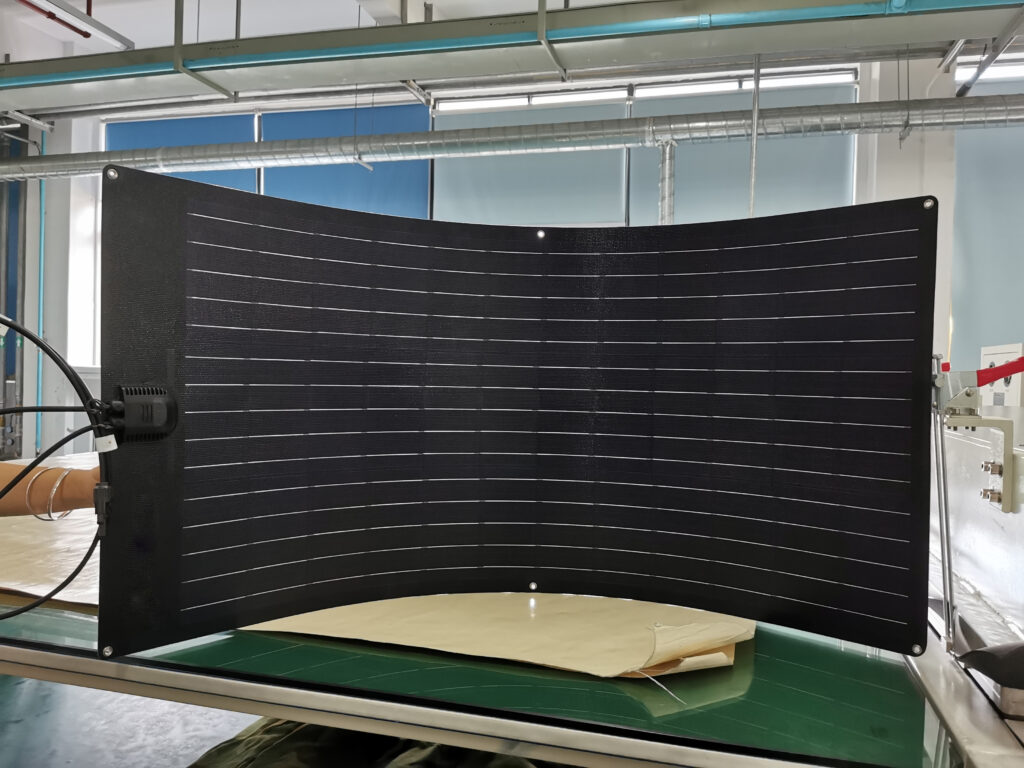
The process of converting silicon wafers into efficient solar cells that drive solar panels includes essential stages such as doping, coating with semiconductor material, and attaching metal conductors. These enhancements significantly improve the electrical characteristics of the wafers, enabling them to effectively convert energy.
The process of doping enhances the electrical characteristics of silicon wafers by incorporating boron and phosphorus. Boron imparts a positive electrical orientation to silicon, whereas phosphorus grants it a negative electrical orientation. This dual approach boosts the efficiency with which solar cells can generate electricity.
To Enhance performance, an anti-reflective coating is applied to these wafers in order to reduce the reflection of sunlight. Without this treatment, bare silicon could reflect upwards of 30% of incident sunlight. With this crucial layer added on top, a greater amount of light is absorbed into the wafer, thereby significantly increasing the overall efficacy with which solar cells operate.
In the construction of solar cells, incorporating metal conductors like silver and copper marks the concluding phase. These metals are crucial for enabling the movement of electricity produced within the cells. To maximize their efficiency in collecting and conveying electrical current, they are meticulously sliced into slender strips.
By converting absorbed sunlight into practical electric power, these conductors finalize turning silicon wafers into operational solar cells that harness energy from the sun to generate electricity.
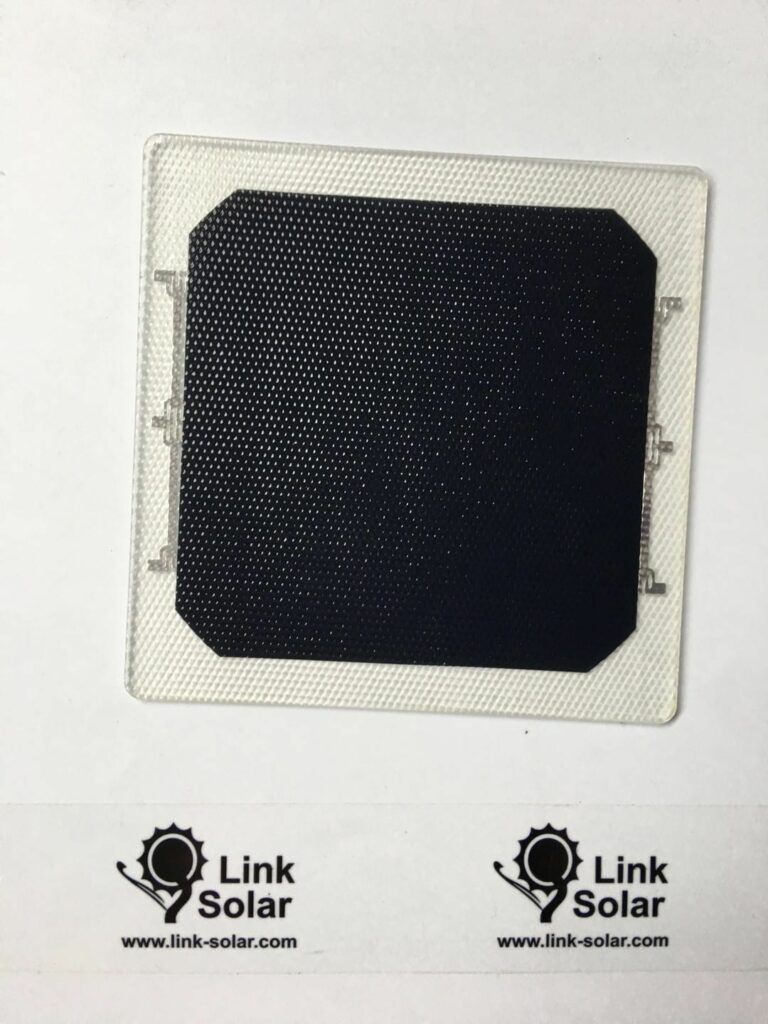
Once the solar cells have been prepared, they are compiled into solar panels. This assembly involves soldering the cells to one another, adding protective layers through encapsulation, and fitting junction boxes that control the electrical current flow.
Typically, solar panels are designed with either 60 or 72 solar cells. To form a unified module, these cells are interconnected using copper ribbons that have been soldered to ensure the electrical current produced by each individual cell is effectively pooled and conveyed.
Following the soldering process, the solar cells undergo trimming into slender strips. This measure is essential to enhance the collection of electrical current, thereby boosting both the efficacy and performance of the ultimate solar panel product.
The front side of solar panels is protected by a layer of glass, usually between 6-7 mm in thickness, which shields the solar cells from environmental harm. In order to bolster durability and provide waterproofing, ethylene vinyl acetate (EVA), a type of polymer encapsulant, is integrated between the glass and solar cells. Integrating thin layers of protective substances can improve the overall efficiency and functioning of the solar panels.
To keep water and dirt from compromising the integrity of the solar panel, a robust backsheet made from polymer materials is employed at its rear side. This component plays an essential role in prolonging both longevity and operational effectiveness. The frames around each solar panel not only offer additional protection but also facilitate straightforward installation procedures.
Junction boxes are responsible for handling the electrical contacts in a solar panel and incorporate diodes to safeguard against reverse current, thereby securing the integrity of the solar panel system. Copper wiring is predominantly employed within these junction boxes to maintain reliable electrical connections.
The configuration of solar panels, either in series or parallel arrangements, is aimed at obtaining specific output voltage and current levels. This makes junction boxes essential for maintaining functionality across the system’s electrical parameters while ensuring they all operate cohesively toward producing additional electricity. In this process, power electronics are crucial for maximizing efficiency in these external connections.
To ensure that solar panels conform to industry standards and operate effectively, a series of tests and inspections are conducted as part of quality control measures. These procedures serve to detect and correct any flaws or problems related to performance.
Efficiency assessments of solar panels are conducted under controlled conditions, with a specific focus on irradiance levels of 1,000 W/m2 and panel temperatures set at 25 °C. This procedure is crucial to ascertain the effectiveness of power optimizers in delivering their rated power output. The tests mimic actual environmental conditions to confirm that these systems function efficiently across various settings.
Instruments such as DC clamp meters or shunts are employed to gauge how well electrical current flows through a solar panel, capturing data for subsequent examination. Such evaluations verify that solar panels maintain consistent electricity generation at their specified capacity while also evaluating the performance attributes associated with DC electricity.
Rigorous testing is conducted to confirm that solar panels are capable of enduring a range of environmental conditions, including fluctuations in temperature, wind forces, and physical impacts. This ensures they align with industry benchmarks for resilience and maintain efficient operation throughout their intended service life.
The assurance that solar panels will function effectively over an extended period relies on comprehensive durability and safety checks. These evaluations instill trust in consumers regarding the dependable long-term performance of the panels.
The worldwide solar panel manufacturing sector is led by a few prominent companies, with China at the forefront. Understanding the main producers and their impacts provides an understanding of the magnitude and breadth of solar panel production within the solar energy industries association and overall solar manufacturing.
China is the dominant force in solar module production, accounting for three-quarters of the worldwide output, positioning itself as the largest producer of solar panels. The United States, Germany, Japan, South Korea, India, and Taiwan are also prominent nations contributing to global supplies with their sophisticated production capabilities.
To these major contributors in the solar industry boasting extensive manufacturing hubs and cutting-edge technologies propelling market growth. Southeast Asian nations such as Vietnam and Thailand have become important participants in assembling solar panels.
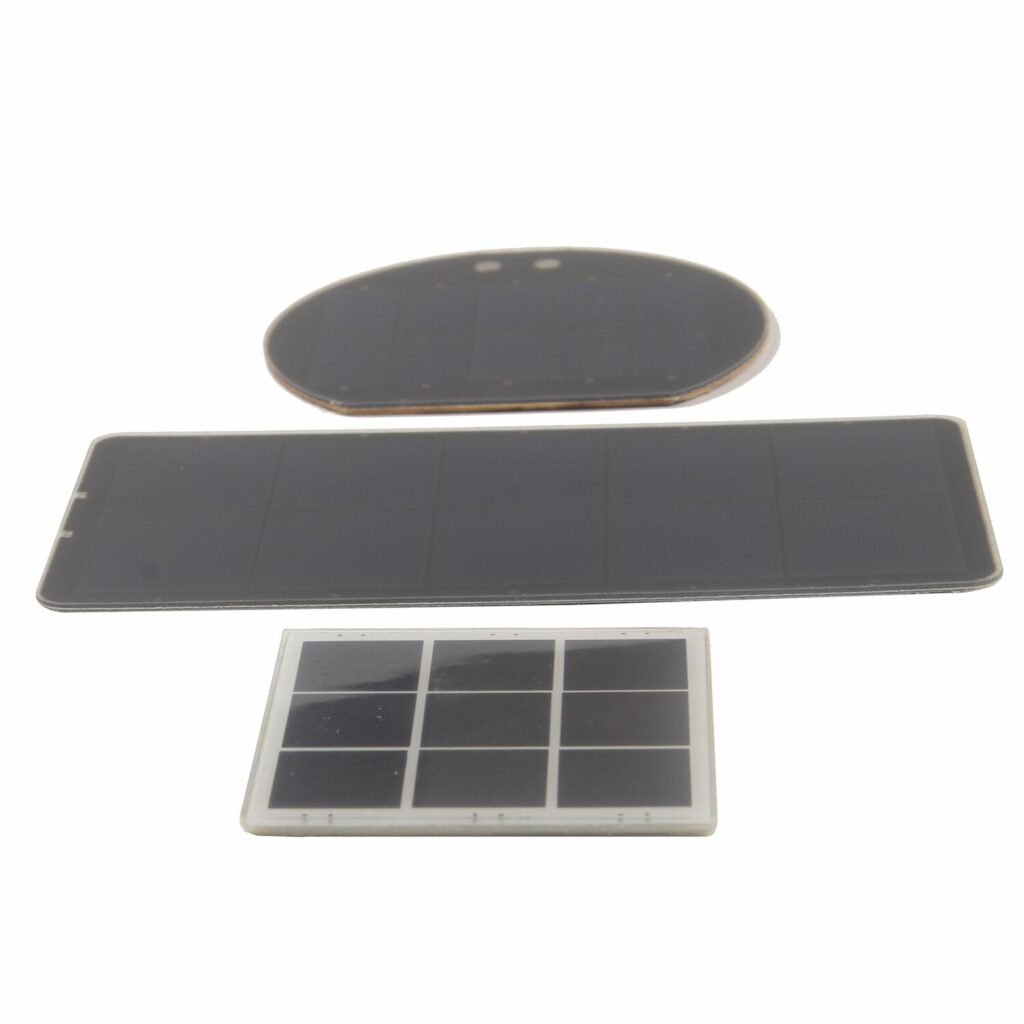
There are several types of solar panels, each with its own advantages and drawbacks. Monocrystalline panels, made from a single pure silicon crystal, are the most efficient and have the longest lifespan. Polycrystalline panels, made from multiple silicon crystals, offer a more affordable alternative with slightly lower efficiency.
Thin-film solar panels, including copper indium gallium selenide (CIGS) types, have lower efficiency but are flexible and lightweight. Other innovative types include solar tiles and transparent solar panels, which integrate solar technology into building materials or windows, though they currently have lower efficiencies.
Perovskite solar panels hold promise for even higher efficiencies but are not yet commercially available.
The process of creating solar panels, beginning with silicon extraction and culminating in their final assembly and testing, showcases human creativity and our commitment to sustainable energy sources. Recognizing the intricacies and exactitude required in this procedure emphasizes not only its complexity but also the necessity for ongoing advancements in solar technology.
We provide customized service for mini solar panel. Contact us for more customization information!
Silicon, extracted from sand, is the primary material used in solar panels, along with glass, EVA, and polymer backsheets for protection.
These components work together to enhance the efficiency and durability of solar panels.
Silicon wafers are produced by slicing silicon ingots with diamond wire saws, a technique that guarantees the desired thickness and quality of the wafers. This precise cutting method is essential for maintaining the integrity of the silicon material.
Doping plays a crucial role in solar cell production by introducing elements like boron and phosphorus to silicon wafers, which enhances their electrical properties and boosts efficiency.
This process is essential for optimizing solar cell performance.
China leads in solar panel manufacturing, followed by the United States, Germany, Japan, South Korea, India, and Taiwan.
This dominance highlights the significant role these countries play in the solar energy sector.